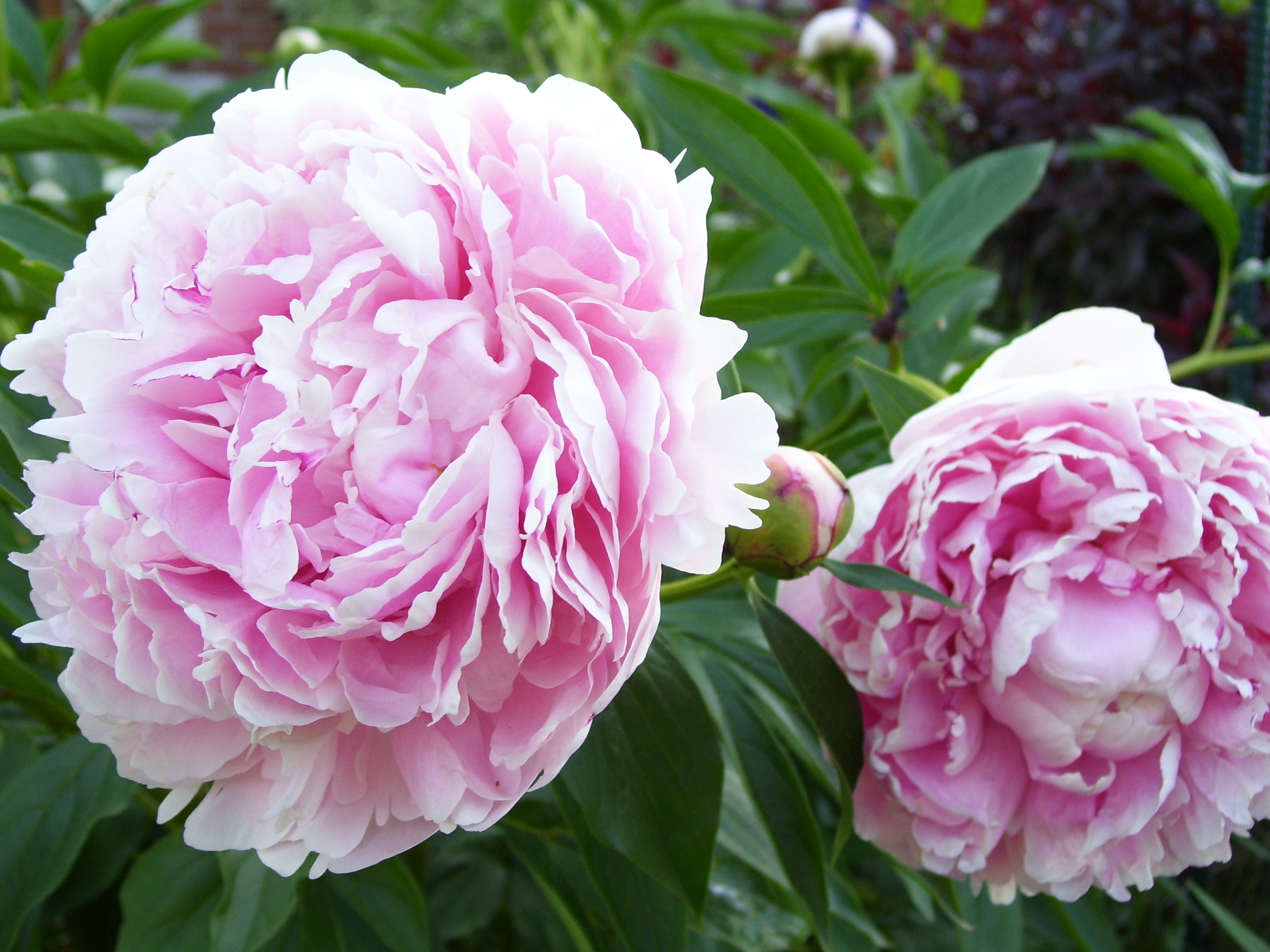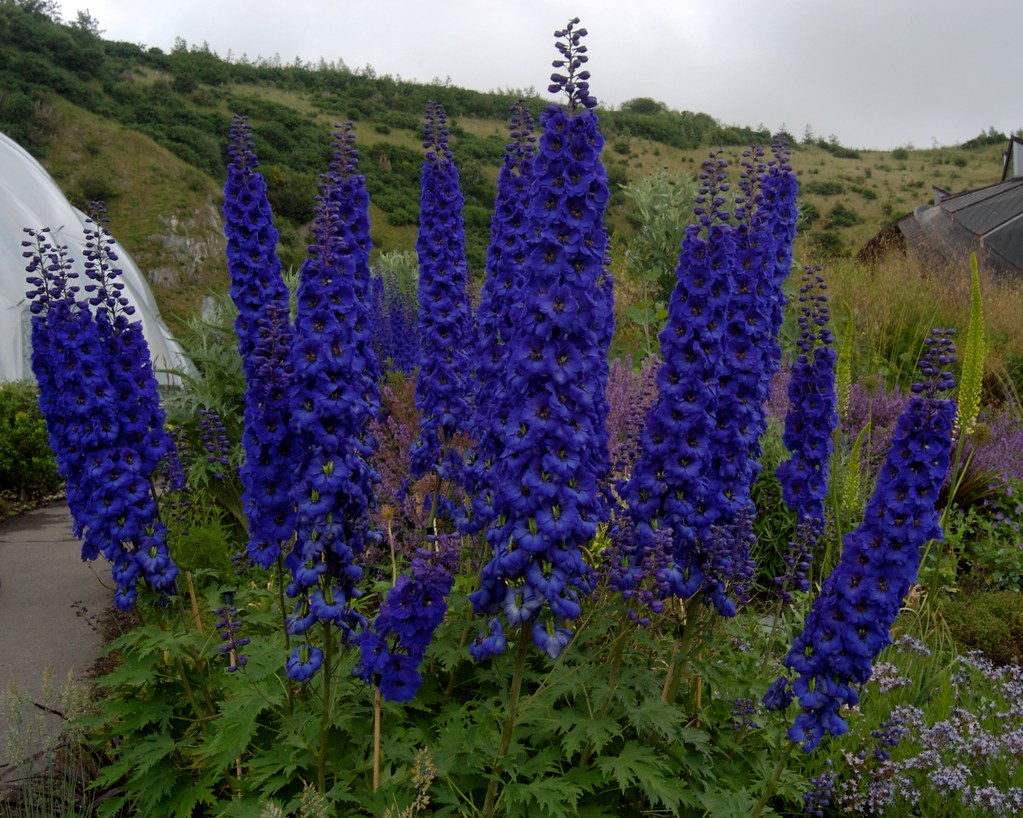Trollius europaeus
Common name: globe flower
Family: Ranunculaceae
Leaf: Long stalked palmate basal leaves (to 4-6” long) are deeply divided into 3-5 ovate toothed lobes. Smaller sessile stem leaves have 3 ovate lobes
Flowers: Branched to branchless stems rise from the base of the basal foliage clump in late spring bearing globular flowers (1-2” diameter) each of which contains a ring of 10-15 showy, bright yellow, inward curving, petaloid sepals surrounding five petals. Flowers appear usually singly but sometimes in pairs. Blooming May-June.
Habit: clumping; Form: upright, vase
Height: 1.5'-2'; Spread: 1'-1.5'
Culture: Easily grown in rich, humusy, moist to wet, well-drained soils in part shade. Tolerates close to full shade. Leaves may bleach out in full sun. This plant thrives in cool weather. It dislikes dry soils and hot summers. It is not recommended for planting south of USDA Zone 6. The hotter the summer temperatures the more shade the plants require. This plant is dormant in the summer- plant under a tree and be mindful where they are, there will be an empty patch in the summer. Established clumps may be divided in late summer to early fall. Plants will self-sow in the garden in optimum growing conditions. Plants require consistently moist soils and will thrive in boggy ones.
Uses: planting under a deciduous tree, excellent for moist soils along streams or ponds. Bog gardens. Moist meadows. Also appropriate for moist areas of borders, rock gardens or open woodland areas. Mass plantings can be spectacular in flower. Good with ferns and astilbe. Hardy in USDA zones 3-6.
Origin: Europe, Caucus, North America














